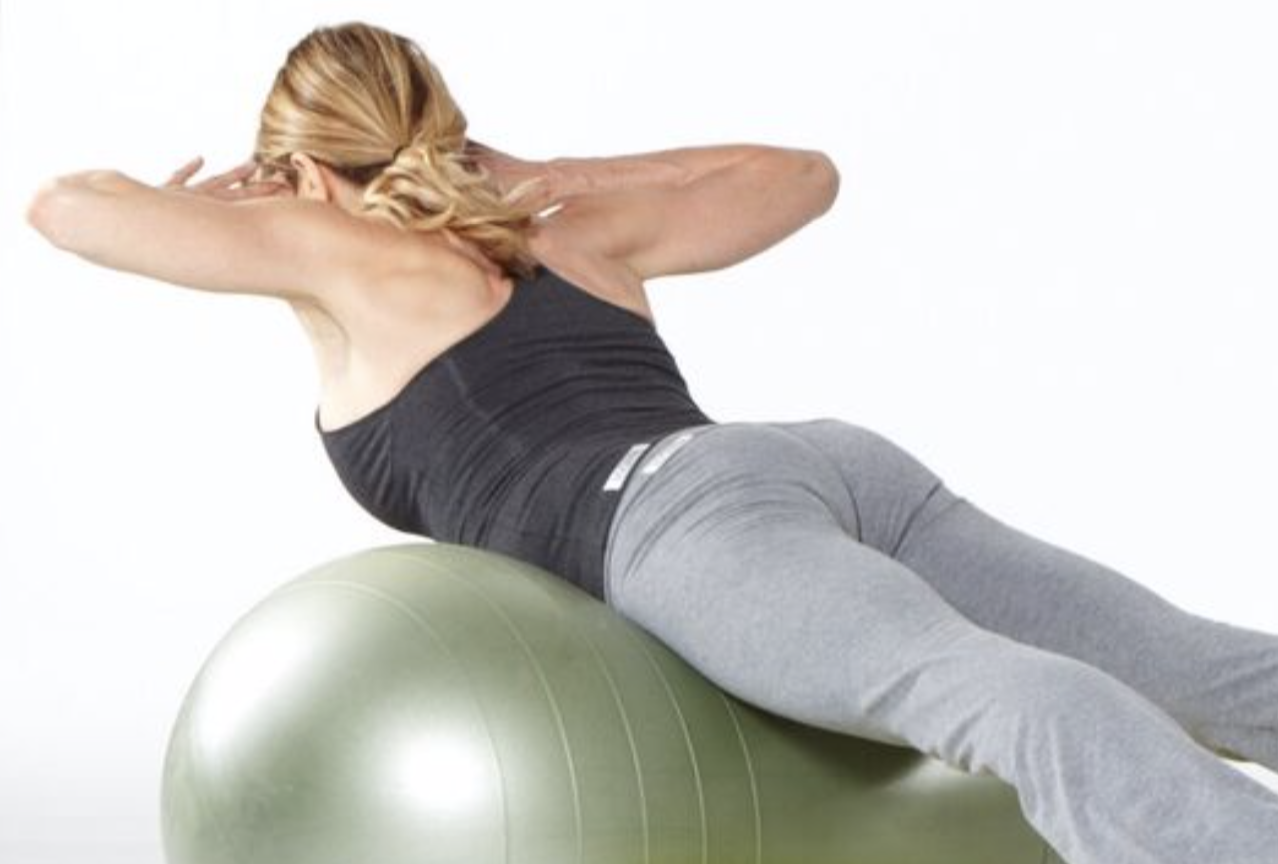In today’s fast-paced world, finding ways to keep our minds sharp and youthful has become a priority.
While mental exercises like puzzles and memory games have long been touted as beneficial, there is another form of activity that holds incredible potential for enhancing cognitive function: dance-based movements.
Today’s 10-minute Cardio Fat Burner workout perfectly exemplifies the power of dance to engage both the body and the brain.
The link between physical exercise and brain health has been extensively studied, and dance has emerged as one of the most effective forms of movement for boosting cognitive function.
According to Dr. Amen, dance-based movements engage different parts of the brain simultaneously, requiring coordination, memory, and rhythm.
This unique combination of elements stimulates the brain in ways that other fitness disciplines, like walking or strength training, simply cannot match.
As we age, our brain’s ability to form and strengthen neural connections naturally declines. However, engaging in activities that challenge coordination can help slow down this process.
Dance-based movements require the brain to communicate with the body in real-time, activating various neural pathways. This promotes the growth of new neural connections and helps preserve cognitive function, ultimately slowing down age-related cognitive decline.
Today’s 10-minute workout combines aerobic moves that repeat sequences, allowing you to remember and execute various dance steps while moving to the beat. This synchronization of mind and body demands concentration, coordination, and memory recall, all of which contribute to a brain-boosting workout.
5 Benefits of Dance for the Brain
1. Improved Cognitive Function: Dance-based movements challenge the brain and stimulate the growth of new neural connections, leading to improved memory, focus, and cognitive abilities.
2. Enhanced Coordination and Balance: Regular dance practice helps improve coordination, balance, and spatial awareness, reducing the risk of falls and enhancing overall motor skills.
3. Increased Neuroplasticity: Dance activates multiple regions of the brain simultaneously, promoting neuroplasticity and improving the brain’s ability to adapt and change.
4. Mood Elevation: Dancing releases endorphins and boosts serotonin levels, improving mood and reducing stress and anxiety.
5. Social Engagement: Participating in dance classes or group dance sessions fosters social connections, which are vital for maintaining good mental health and cognitive vitality





